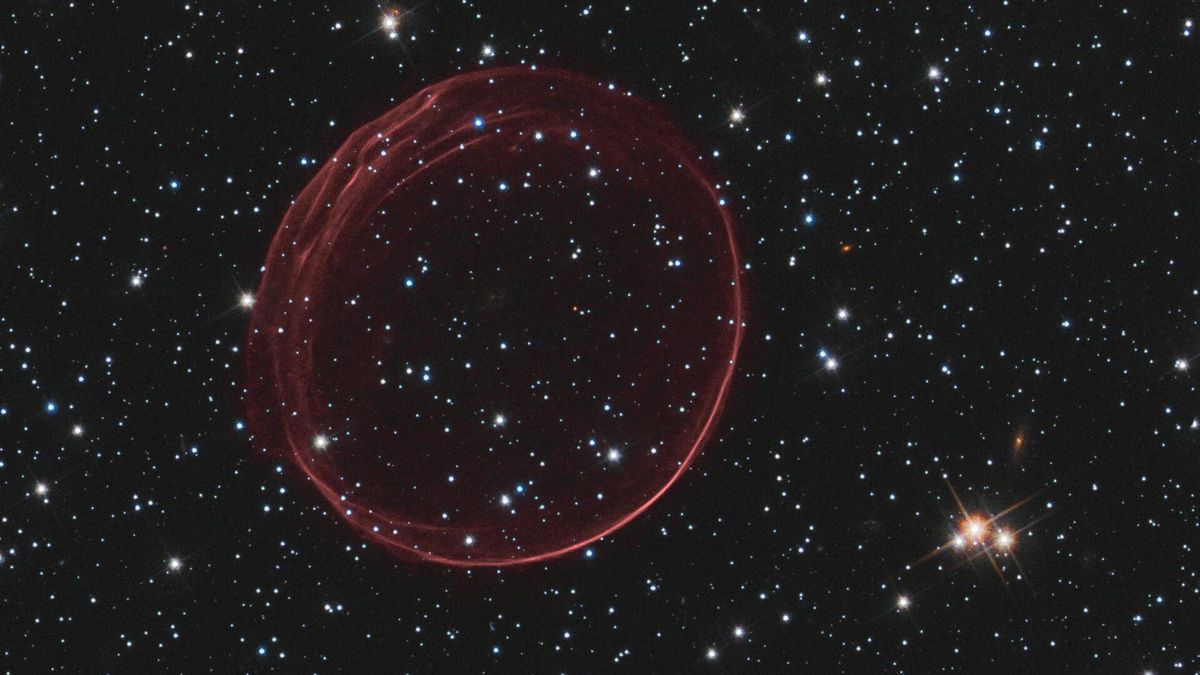![Hairy ball theorem - Wikipedia The hairy ball theorem of algebraic topology (sometimes called the hedgehog theorem in Europe)[1] states that there is no nonvanishing continu](https://upload.wikimedia.org/wikipedia/commons/e/ec/Hairy_ball.png)
Hairy ball theorem - Wikipedia
The hairy ball theorem of algebraic topology (sometimes called the hedgehog theorem in Europe)[1] states that there is no nonvanishing continuous tangent vector field on even-dimensional n-spheres.[2][3] For the ordinary sphere, or 2‑sphere, if f is a continuous function that assigns a vector in R3 to every point p on a sphere such that f(p) is always tangent to the sphere at p, then there is at least one pole, a point where the field vanishes (a p such that f(p) = 0).
The theorem was first proved by Henri Poincaré for the 2-sphere in 1885,[4] and extended to higher dimensions in 1912 by Luitzen Egbertus Jan Brouwer.[5]
The theorem has been expressed colloquially as "you can't comb a hairy ball flat without creating a cowlick" or "you can't comb the hair on an coconut".[6]
Every zero of a vector field has a (non-zero) "index", and it can be shown that the sum of all of the indices at all of the zeros must be two, because the Euler characteristic of the 2-sphere is two. Therefore, there must be at least one zero. This is a consequence of the Poincaré–Hopf theorem. In the case of the torus, the Euler characteristic is 0; and it is possible to "comb a hairy doughnut flat". In this regard, it follows that for any compact regular 2-dimensional manifold with non-zero Euler characteristic, any continuous tangent vector field has at least one zero.




















